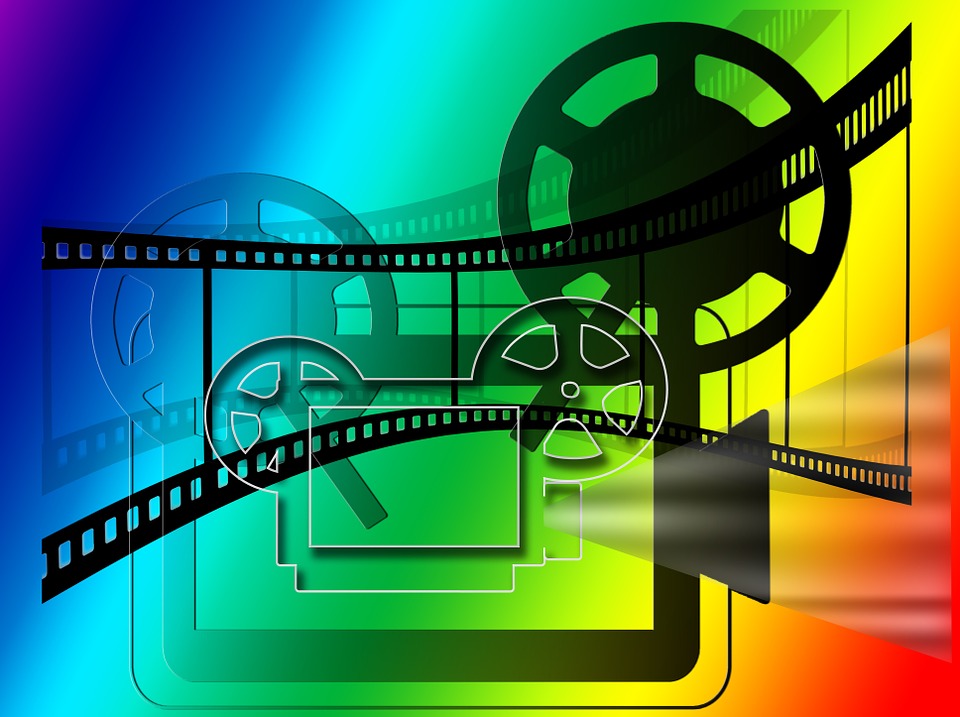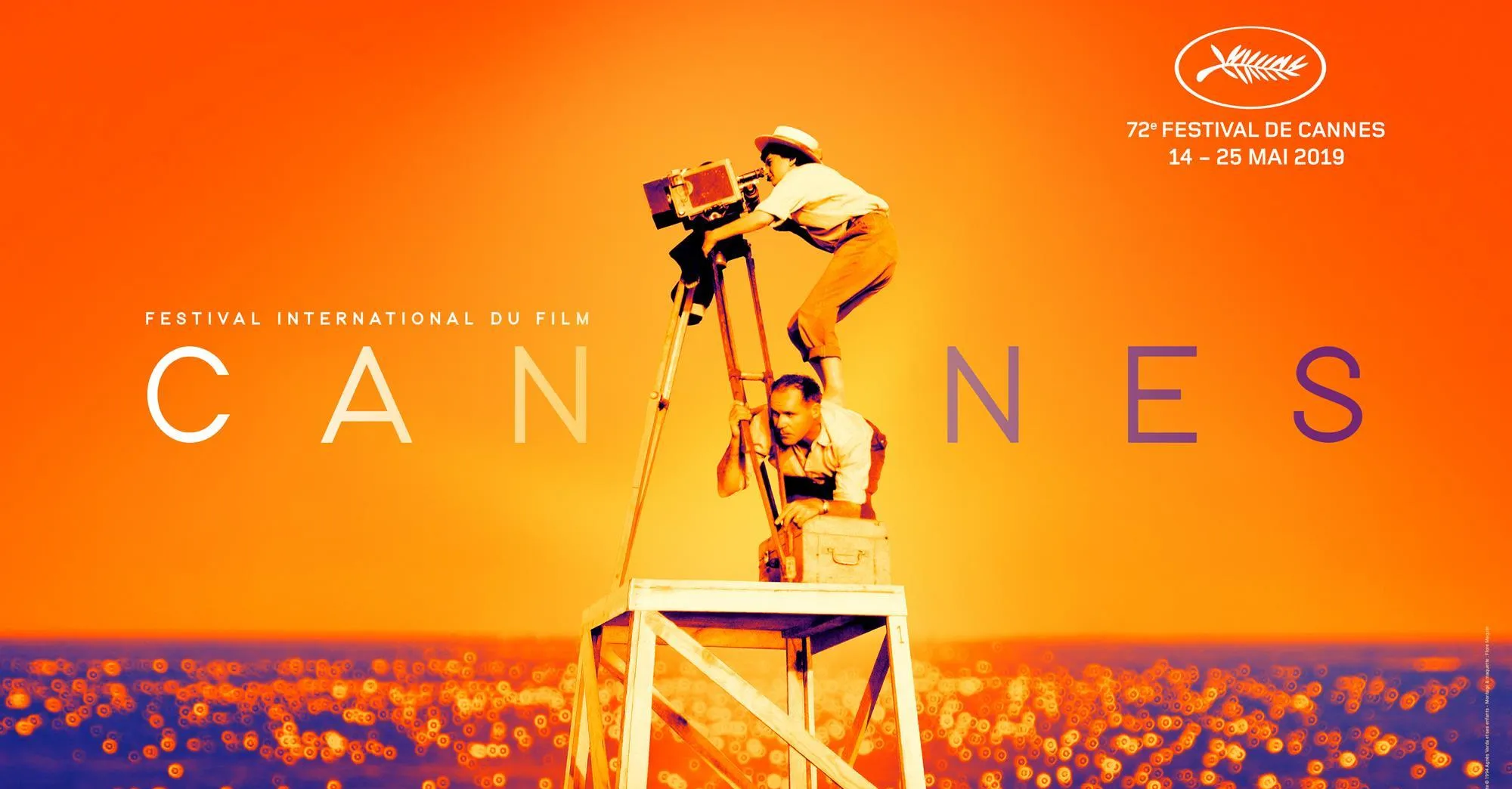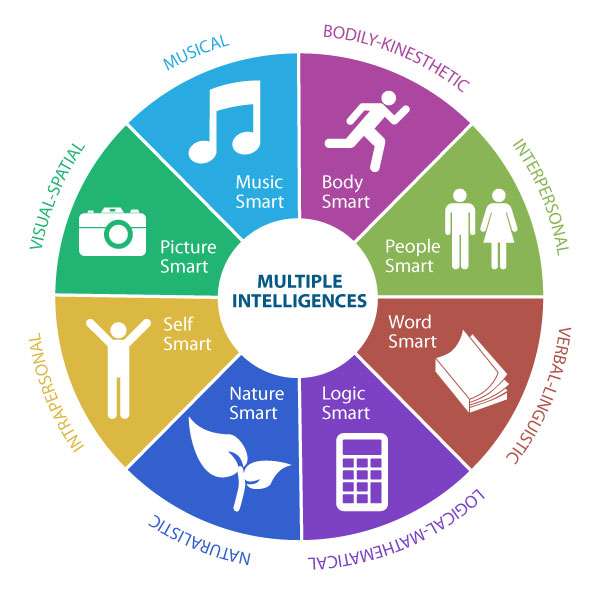 |
 |
|
Powered by Luciano Mariani, Milano, Italy |
|
|
|
|
|
Subscribe to the
Newsletter Go to Italian section |
|
|
What's a "good" film? A few answers to an impossible question  How can you provide answers to an "impossible" question?
What's the point of asking what a "good" movie is? In Part 2 we will consider how a "good" film refers to qualities that can be described by trying to identify judgment criteria, e.g. the originality of the story, the coherence of the narrative, the ability to excite or make people reflect. Criteria of this type can be used to argue the value of a film, i.e. to compare and discuss with "normative" tools the different judgments that can be given on the same film. Finally, in Part 3 we will explore which mental mechanisms lead us to like or dislike a movie, starting from the fact that, as spectators, we tend to attribute some (more or less explicit and conscious) intentions to the images and sounds (and therefore, to the filmmaker). Movies can be vastly different as to the meanings and emotions they seem to convey, and each viewer plays an active role in interpreting the ways in which cinema, through its “language” (direct or indirect, like analogies and metaphors) stimulates her/his mind, heart and, ultimately, full body.Audience expectations: How viewers interact with movies
Watching a film, or reading a novel, means signing an “implicit
contract” with the author of the work: the viewer/reader expects, in
exchange for the time, attention (and money) invested in the experience,
to achieve a result in terms of entertainment, fun, involvement. The
audience’s opinion of a work depends to a large extent precisely on such
expectations. The film, especially if it belongs to a well-defined
“genre” (a western, a comedy, a thriller) can confirm or subvert these
expectations, playing on a risky balance between the “old” and the
“new”, tradition and novelty, repetition and variation. Case studies
(including “There’s still tomorrow” by Paola Cortellesi, Italy 2023) can
help to explore the role of expectations in the interaction between
cinema and audiences. Individual differences in cinema audiences  A film audience is made up of a group of individuals, each with her/his own unique set of personality traits, attitudes, needs, motivations and expectations. Movie preferences can offer an insight into the range of individual differences that lie underneath personal film choices, and, conversely, viewers’ profiles can help to predict their movie preferences. Research into such correlations offers a complex and fascinating view both of the individual variables that affect different cinema uses and of the specific features of film genres that attract different cinema audiences, thus exploring what people do with the media instead of (or in addition to) what the media do to people.Movie preferences as a key to individual differences: Thinking styles and multiple intelligences 
Two alternative ways of describing
individual differences are based on thinking styles (i.e. ways of
processing information) and multiple intelligences (as opposed to the
concept of a single general measure of intelligence). These two
alternative approaches can be used in the exploration of movie
preferences, adding a fascinating, if complex, perspective, and helping
to understand yet other aspects of personality. This paper provides a
preliminary examination of the topic and offers pathways for future
research. Iconic dance scenes from non-musical movies Part 1 Part 2  Dance scenes in non-musical films often become memorable precisely because they are highlighted in unusual contexts. Part of the pleasure that these sequences provide also comes from watching movie stars engaged in choreographic (and often also singing) performances, which reveal their sometimes unexpected abilities: how can we forget, for example, the performances of Tom Cruise, Antonio Banderas or Al Pacino? And even films that are not typically “Hollywood-style” such as Fellini’s 8 ½ or Godard’s Bande à part, include dance scenes that add meaning and suggestions to already very complex plots. The teen film comes of age: towards a more inclusive approach in recent TV series
For a long time, negative elements associated with adolescence (like
juvenile delinquency, drug abuse, sexual promiscuity) have featured
prominently in movies for/about teens. In the last few decades, however,
this has given way to more complex, if contradictory, views of the
concerns and plights that coming-of-age entails.
Recent TV series, in particular, show
a tolerance for differences, an acceptance of conflicts and a renewed
sense of community and responsibility. Through a close analysis of the
series Love, Victor, this
paper explores how cinema is gradually offering honest and respectful
images of teens and explicit positive messages that foster a culture of
inclusivity. Memorable opening sequences from cinema history Part 1 Part 2  Most cinemagoers are likely to remember film endings (and not just “happy endings”) best. However, opening sequences are just as important in shaping viewers’ reactions to, and interpretations of, a movie. As a matter of fact, such sequences play important roles in a film’s narrative structure: they establish the place and time of a film’s world and introduce film characters; they convey the film’s main theme and suggest its tone and genre; not to mention the role that graphics, design and music play in affecting viewers’ feelings and emotions. These playlists (Part 1 and Part 2) offer a sample of the most memorable opening sequences from cinema history, illustrating their power in seducing audiences. From book to film: The process of adaptation Since its very beginning, cinema has always relied heavily on adaptations from literary works to provide films with stories. This paper discusses some major issues in the process of adaptation. First, the fact that literature and film are two different “sign systems”, each with its own ways and means to convey meanings and emotions. Second, the number of false assumptions about the alleged difficulty, if not impossibility, of cinema to tell stories as effectively as the written word. Third, the problem that for a long time, adaptations have been assessed on the basis of how “faithful” they were to the original text, thus preventing an evaluation of the adapted work in its own terms, as an original, creative, “new” product. Finally, the crucial role of audiences in perceiving adaptations “as adaptations”, i.e. as texts referring back to other texts, in a dynamic balance between repetition and variation, familiarity and novelty, ritual and surprise. Literature into film: Case studies in adaptation strategies This paper discusses the process involved in adapting literary works for the big screen. A number of case studies explores the strategies that are involved in carrying out this complex task, among which condensing and expanding descriptions, dialogues and events, adding dramatic action and using mise-en-scène to highlight character description, managing points of view, shifting time sequences, changing narrative structure and reader/viewer expectations. Some external factors impacting on adaptations, like different cultural contexts of reception and the influence of censorship, are also discussed. Hollywood and Broadway: a story of synergy
The two major American entertainment industries, Hollywood and Broadway,
have always entertained close relationships, taking advantage of their
respective products to obtain maximum financial returns. So films have
often been adapted into musical comedies, and theatre shows into films.
In recent decades, these cultural products have become part of a complex
multimedia panorama, where the transfer no longer takes place only from
screen to stage and vice versa, but through several different media:
musical films and shows become the basis for DVDs/Blu-Rays, music CDs,
concerts, videogames, theme parks such as Disneyland and for all the
forms of merchandising (from clothing to toys to food and drinks ...).
And new Broadway adaptations inspire new films, in a constant
hybridization process that feeds the global entertainment market. cinemafocus.eu playlists Unforgettable endings from cinema history  Some film endings have remained impressed in the viewers’ memory well beyond the time of the vision. They can be "happy" endings (in the classical Hollywood tradition), but also sad or dramatic endings - in all cases, the emotions that accompany them have the power to generate indelible memories. How can we forget the final lines of "Some like it hot" ("I'm a man!" "Well, nobody’s perfect!") or the fairytale end of "Pretty Woman"? But also the “freeze frames” showing Antoine, the young protagonist of "The 400 shots", or the couple who runs away from bourgeois conventions at the end of "The graduate"? And the apocalyptic nightmare of Hitchcock's "The birds", or the heart-rending endings of "Bicycle thieves" or "Thelma & Louise" ... This playlist offers a collection of mythical endings from the course of cinema history. The "patriarchal system" in the movies: crises and ambiguities
With this final Dossier in the project "Cinema and sexual and gender
identities", we explore the complex system of beliefs, values and
attitudes, known as
patriarchy
or patriarchal
system,
which underlies many acts of discrimination and violence still widely
carried out on women (but also on men). Cinema has always represented
the many faces of patriarchy: from the man’s power to his victims, from
the condemnation of women to the crises of the system itself, testified
both by the weaknesses of male figures and by female resilience and
reactions, as well as by the increasing number of women directors, who
engage in exposing the injustice of the system but also in imagining a
more balanced future of relationships between the sexes.
Musical gems from the soundtrack of memorable films  Most films feature a musical soundtrack, but in some cases music is not just a simple background to the story, suggesting its tone and genre, but becomes so integrated within the narrative that it becomes part of the story itself, as well as an unforgettable, even iconic, element of the viewing experience. Some of these “musical gems” were written by well-known soundtrack composers (like Nino Rota and Bernard Herrmann, Fellini’s and Hitchcock’s favourite composers, respectively), but others were taken from the work of classical authors like Rossini and Wagner. The film director’s masterful touch then made these pieces of music an integral part of their work, making such diverse films as The Graduate, The Godfather or Apocalypse now a truly multi-media experience. Creativity on the web: recut fan-made trailers The exorcist - turned into a comedy/family film"!
Film trailers have become increasingly mobile and interactive: they can
now be watched online, can be downloaded and even re-edited and re-mixed
to produce new ones. Fans display an amazing knowledge of film
conventions and an equally surprising competence in using appropriate
software – so that the new, “fake” or “recut” trailers are often very
effective and entertaining. Such “recut” trailers are usually parodies
of the original ones: they turn horror films into comedies, romantic
comedies into thrillers, thus shifting and changing film genres. The
Internet becomes the place where to watch and share, but also comment on
and criticize, these new digital products – another evidence of
flourishing creativity in web communities. Film trailers: how cinema seduces audiences
Trailers, those short videos that promote a new film, are omnipresent in
our multimedia society: in cinemas, of course, but also on television,
on trains, on the Internet… They are therefore a phenomenon worth
exploring, as a promotional vehicle, in its stylistic and communicative
aspects, and in the interaction with the film and the spectator.
Trailers are still a crucial tool for creating expectations, which are
the key to desire and to seduction – expectations that may (or may not)
be satisfied) only by seeing the relevant film. "Did they really live happily ever after?" Film endings and viewers' reactions The ending of a film always represents a privileged moment, in which the meaning of the film itself and the emotions it conveys are concentrated in the minds and hearts of the audience. The classic Hollywood "happy ending" is not an absolute category: classic, as well as modern and contemporary, cinema offers a variety of endings, where "happiness" often implies a very wide variety of meanings and emotions. Even more intriguing is the distinction between "closed" endings, in which the story narrated by the film finds a complete resolution, and "open" endings, in which the events and characters remain "unresolved": of maximum importance becomes the role of spectators, who can perceive this type of ending in different ways depending on their sensitivity and attitudes. Contemporary cinema tends to "dialogue" with the audience and to involve them in "open", complex and stratified experiences. Movies about the movies: insiders' looks
Since its birth, there have been movies set in the world of cinema, portraying, e.g. a film being made, or an audience watching it, or the society revolving around the film industry, from producers to directors, from scriptwriters to actors and actresses. And yet Hollywood "movies about the movies" are inherently paradoxical in this respect. If they allow you to peep at their secrets, they only do so up to a certain point, because Hollywood, as a myth, cannot risk losing its somewhat magical, even mysterous appeal. This project, after a General introduction, includes more specific explorations of the topic of "movies about movies":
*
A
general introduction This
Dossier is an in-depth exploration of how homosexuality has been
represented in the history of cinema. Homosexuals have always had some
form of "visibility", but for a long time only as comic or tragic masks,
perpetuating a system of attitudes based on heterosexual norms and
homophobia. Only since the 1990s has cinema started to provide more
realistic, honest and respectful representations of homosexual figures
who could finally aspire to be, on equal terms with heterosexuals,
well-rounded characters, not simply conditioned by their sexual
orientation.
The evolution of female and male gender roles through cinema's history
Since the early days of cinema, gender roles
have been portrayed in films according to the prevailing traditional and
patriarchal stereotypes that have for a long time assigned more or less
fixed social and psychological attributes to women and men. However,
cinema's history has also inevitably reflected major political, economic
and sociocultural changes, which have affected the roles of women and
men within their societies and their cultures. This series of Dossiers
explores how female and male gender roles have evolved and how films
continue to reflect, but also consolidate or challenge, the
representations of women and men on the screen.
Part 1: From the 1930s to the 1950s
 The cinemafocus.eu cinephile's crosswords at 3 levels of difficulty On the threshold of a film: opening sequences
*
The
prologue of a film in its opening sequences Film genres: origin, functions, evolution
This Interactive workshop aims at
exploring the origin of genres, their functions in cinema and their
evolution, with particular emphasis on the latest developments. We first
ask why we need genres at all and examine the variety of classification
criteria that can be used. Then we focus on the specific features of
genre films, analysing their conventions and their narrative structures.
We then explore how different agents (from producers to audiences, from
critics to film scholars) have used and still use genres, and highlight
their economic, sociocultural and communicative functions. Finally, by
taking a historical perspective, we explore how genres have evolved in
the course of time and how modern cinema extensively use genre mixing
and hybridization, thus pointing to the future of this important but
complex category of film analysis.
"Impossible" puzzle films: filmmakers' narrative strategies and viewers' coping strategies Puzzle films are examples of complex storytelling, which has become one of the important new ways in which cinema has evolved, particularly since the 1990s, providing audiences with plots that are increasingly difficult to understand. This Dossier deals with two distinct but related issues. The first part will focus on narrative strategies, i.e. it will try to describe what "impossible complexity" means and how movies manage to achieve it. The second part will consider viewers' strategies, i.e. what viewers do to cope with the task of finding meaning and unravelling the "puzzles" that confront them. Slideshows Visual tricks at St.Pancras Lights and shadows at Sénanque
|
Topics Genres Film genres Film genres: origin, functions, evolution Film noir Horror movies Musical Femmes fatales: dark ladies at the movies American teen pics: movies for teenagers, movies about teenagers Classical Hollywood melodrama The persistence of melodrama: from Sirk to Fassbinder to Haynes "Puzzle" films and complex storytelling: a challenge to the audience "Impossible" puzzle films: filmmakers' narrative strategies and viewers' coping strategies Film trailers: how cinema seduces audiences Creativity on the web: recut fan-made trailers Hollywood and Broadway: a story of synergy The teen film comes of age Cinema and sexual and gender identities * Introduction: some basic issues * Gender inequality: some facts and figures * Gender stereotypes in the movies * The evolution of female and male gender roles through cinema's history * Homosexuality in film history * Transgender identities on screen * The "patriarchal system" in the movies: crises and ambiguities Movies about the movies: insiders' looks at the world of cinema * A general introduction * Movie gods and goddesses: the rise and fall of stars * On the set: watching films being made * The "Hollywood system": behind the scenes of the "dream factory" * "Films within films": viewers watching viewers * Directors on and off the set * Producers and screenwriters: the "hidden figures" of filmmaking * "Meta-cinema": when movies reflect on themselves Film narration Film narration Point of view Narrators Classical Hollywood: the cinema of continuity Film endings and viewers' reactions From book to film: The process of adaptation Literature into film: Case studies in adaptation strategies Cinema and artificial intelligence Cinema: past, present and future of a communicative medium On the threshold of a film: opening sequences * A general introduction * The prologue of a film * Establishing the place and time * Introducing a film's characters * Conveying a film's main theme * Suggesting the tone and genre of a film * Long takes and camera movements * Graphics and design * Musical overtures * "Meta" sequences: self-reflecting films Directors Hitchcock: the primacy of visual over verbal Billy Wilder: a director between two cultures Pedro Almodovar: a question of identities Stanley Kubrick: visualizing the plight of human existence Visual gems from Orson Welles's masterpieces Pier Paolo Pasolini's feature films François Truffaut: love for cinema, the cinema of love Psychology of cinema Expectations, attitudes and strategies: a bridge between screen and audience Characters' psychology and viewers' causal attributions Emotions at the movies: between moods and cues Emotions and film genres: from attitudes to expectations Film music Part 1: The interaction between image and sound Part 2 : The functions of music Individual differences in cinema audiences Movie preferences as a key to individual differences: Thinking styles and multiple intelligences Cinema and multiple intelligences Cinema and thinking styles Audience expectations: How viewers interact with movies What's a "good" film? A few answers to an impossible question School at the movies School at the movies: teaching and educational relationships Images of teachers in Hollywood cinema Playlists The many faces of seduction Farewell, farewell ... The end of a story Dark ladies and femmes fatales in the movies A "classy" cinema: Teachers and students in the movie Musical overtures in the movies: Music for our eyes Musical gems from the soundtrack of memorable films Unforgettable endings from cinema history Memorable opening sequences from cinema history Iconic dance scenes from non-musical movies Homage to a city New York Paris London Cannes Cinéma Multimedia slideshows Games for film buffs |
|
|
|
||
